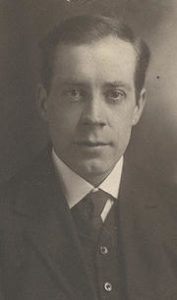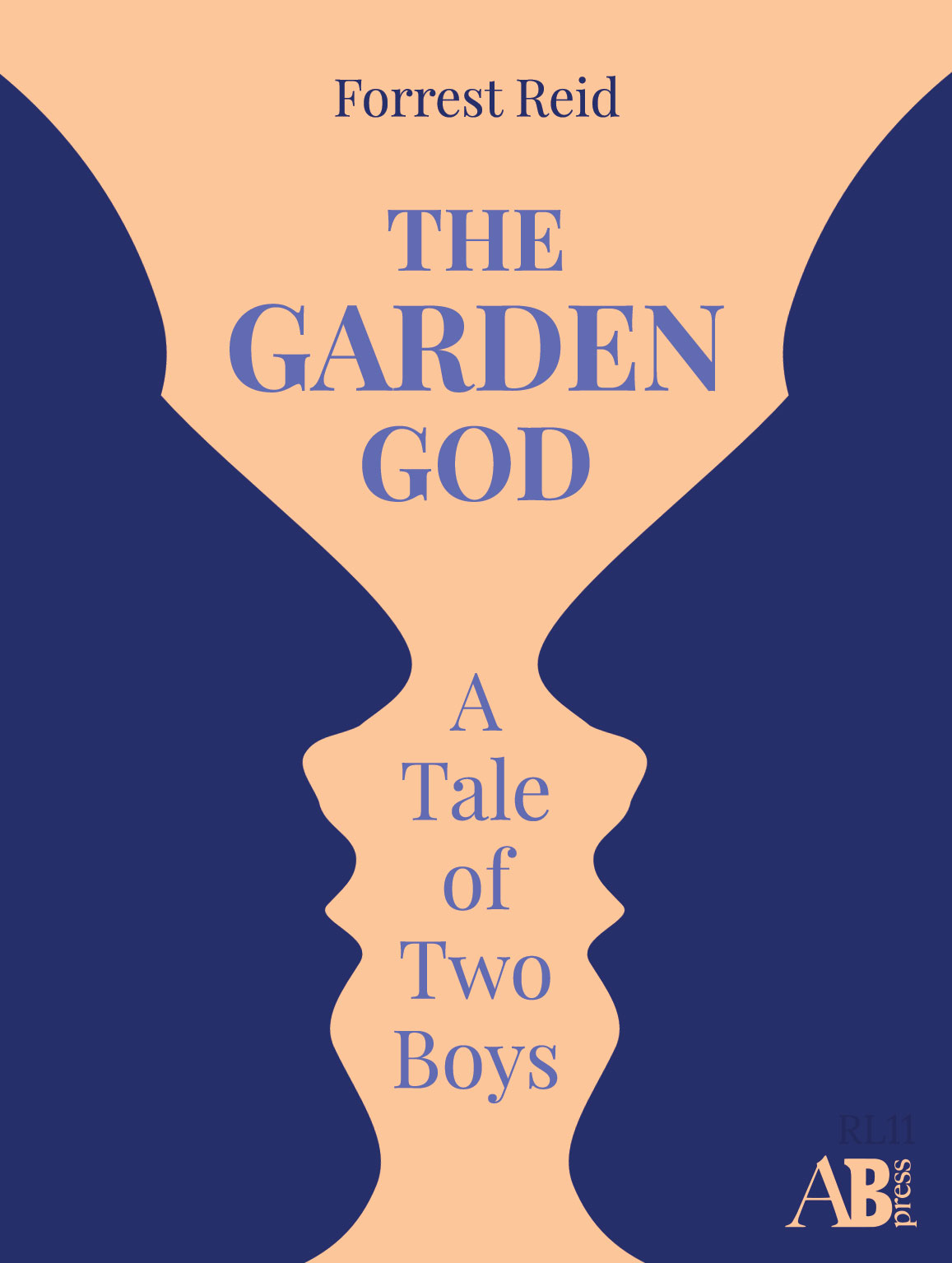Biography
 FORREST REID (1875 – 1947) is considered often to be the first truly great Ulster novelist. He wrote sixteen novels, two autobiographies and a string of literary criticism, essay and biography. He graduated from Christ’s College, Cambridge in 1908, although it seems the only worthwhile experience he had at the University was to come under the spell of E. M Forster; the two remained friends for the rest of there lives. Reid reacted to his Protestant upbringing, and, like many of his time, developed a unique strain of paganism that incorporated a mysticism that emanated from his local landscape.
FORREST REID (1875 – 1947) is considered often to be the first truly great Ulster novelist. He wrote sixteen novels, two autobiographies and a string of literary criticism, essay and biography. He graduated from Christ’s College, Cambridge in 1908, although it seems the only worthwhile experience he had at the University was to come under the spell of E. M Forster; the two remained friends for the rest of there lives. Reid reacted to his Protestant upbringing, and, like many of his time, developed a unique strain of paganism that incorporated a mysticism that emanated from his local landscape.
Reid, alongside J. M. Barrie and Hugh Walpole, is known as a leading pre-First World War novelist of boyhood and adolescence, although his telling of boyhood is both realistic and unsentimental. In this respect he can be seen as an Irish counterpoise to James Joyce: his coming-of-age novel set in Protestant Belfast, Following Darkness (1912) — a book that disturbed its first audience, with its portrayal of a young boy’s sexual awakening and disavowal of Christianity — can be read as a foil to James Joyce’s A Portrait of the Artist as a Young Man (1914-1916), a depiction of growing up in Catholic Dublin.
Reid’s last novel, Young Tom, was critically his best received; it was awarded the James Tait Black Memorial Prize in 1944, and is the third volume in a trilogy concerning a young boy, Tom Barber.



